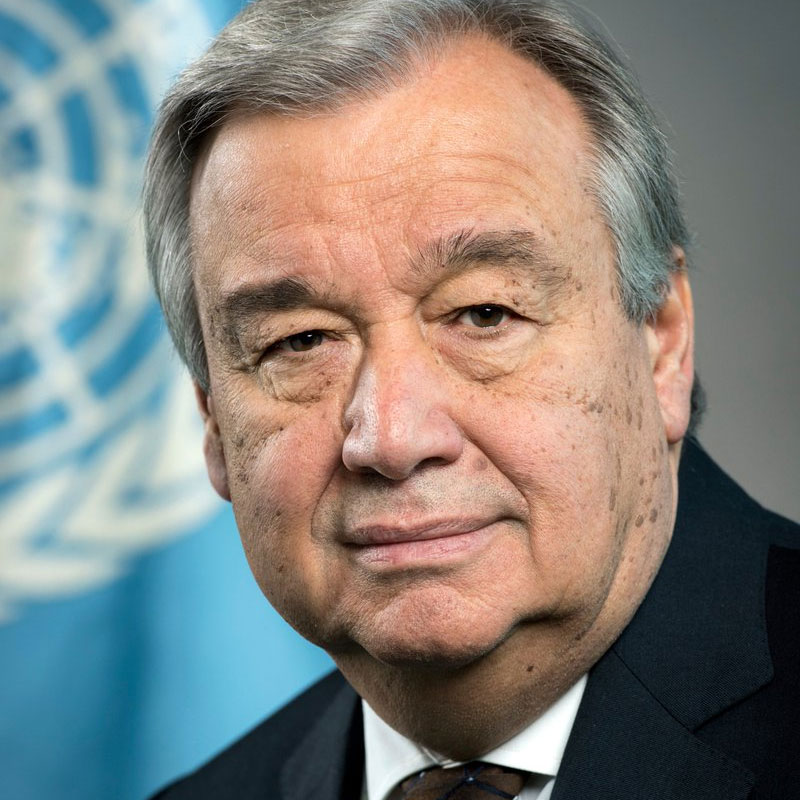We are media advocacy, advocating for the Peace of the global world. Welcome you to the United Nations
1967
The nuclear arms race and the 1962 Cuban Missile Crisis prompted Latin American Governments to negotiate the Treaty for the Prohibition of Nuclear Weapons in Latin America and the Caribbean (Treaty of Tlatelolco), which established the first nuclear weapons-free zone in a highly populated area.
1978
The General Assembly held its first Special Session Devoted to Disarmament. In the Final Document, Member States affirmed that their common ultimate objective is “general and complete disarmament under effective international control” and that “effective measures of nuclear disarmament and the prevention of nuclear war have the highest priority.”
1985
The South Pacific became the second nuclear-weapon-free zone (Treaty of Rarotonga).
1991
South Africa voluntarily renounced its nuclear weapons programme.
1992
By the Lisbon Protocol to the Strategic Arms Reduction Treaty (START I), Belarus, Kazakhstan and Ukraine voluntarily renounced nuclear weapons in their possession following the dissolution of the Soviet Union.
1995
At the 1995 NPT Review and Extension Conference, States parties adopted without a vote the decisions on the indefinite extension of the Treaty, "Strengthening the review process for the Treaty" and "Principles and objectives on nuclear non-proliferation and disarmament", as well as a "Resolution on the Middle East".
Southeast Asia became the third nuclear-weapon-free zone (Bangkok Treaty).
1996
Africa became the fourth nuclear-weapon-free zone (Pelindaba Treaty).
At the request of the General Assembly, the International Court of Justice provided an advisory opinion on the Legality of the Threat or Use of Nuclear Weapons.
The Comprehensive Nuclear-Test-Ban Treaty opened for signature.
2000
At the 2000 NPT Review Conference, States parties adopted thirteen practical steps for systematic and progressive efforts for nuclear disarmament.
2006
Central Asia became the fifth nuclear-weapon-free zone (Treaty on a Nuclear-Weapon-Free Zone in Central Asia).
2008
United Nations Secretary-General Ban Ki-moon announced his five-point plan towards nuclear disarmament.
2010
At the 2010 NPT Review Conference, States parties adopted a 64-point action plan across all three pillars of the Treaty – nuclear disarmament, nuclear non-proliferation and the peaceful uses of nuclear energy – and practical steps to implement the 1995 Resolution on the Middle East.
2013
The General Assembly held its first-ever high-level meeting on nuclear disarmament. The General Assembly, through its resolution 68/32, declared that 26 September will be the International Day for the Total Elimination of Nuclear Weapons.
The General Assembly, pursuant to resolution 67/56, convenes an open-ended working group on taking forward multilateral nuclear disarmament negotiations.
2016
The General Assembly, pursuant to resolution 70/33, convenes a second open-ended working group on taking forward multilateral nuclear disarmament negotiations.
2017
On 7 July, the Treaty on the Prohibition of Nuclear Weapons is adopted. It is the first multilateral legally binding instrument for nuclear disarmament to have been negotiated in 20 years.
2018
The Secretary-General launched “Securing Our Common Future: An Agenda for Disarmament.” The Agenda addresses the elimination of nuclear weapons in the framework of “disarmament to save humanity.”
2020
Fiftieth Anniversary of the entry- into force of the Treaty on the Non-Proliferation of Nuclear Weapons (NPT).
2021
Entry-into-force of the Treaty on the Prohibition of Nuclear Weapons on 22 January.
On 3 February, the Parties agreed to extend the Treaty between the United States of America and the Russian Federation on Measures for the Further Reduction and Limitation of Strategic Offensive Arms (“new START”) until 4 February 2026.
2022
At the First Meeting of the States parties to the Treaty on the Prohibition of Nuclear Weapons (TPNW), States parties adopted the “Vienna Declaration” reaffirming their determination to realize the complete elimination of nuclear weapons. In addition, the “Vienna Action Plan” was adopted to facilitate effective and timely implementation of the Treaty and its objectives and goals.
The Tenth Review Conference of the Treaty on the Non-Proliferation of Nuclear Weapons (NPT) took place at the United Nations Headquarters from 1 – 26 August 2022. It did not reach consensus on a substantive outcome document.
2023
The Russian Federation announced on 21 February 2023 that it will suspend its participation in the Treaty on Measures for the Further Reduction and Limitation of Strategic Offensive Arms (“New START”).
The first session of the Preparatory Committee for the 2026 Review Conference of the Parties to the Treaty on the Non-proliferation of Nuclear Weapons took place at the Vienna International Center from 28 July – 11 August 2023.
The second Meeting of States Parties to the Treaty on the Prohibition of Nuclear Weapons will take place at the United Nations Headquarters from 27 November – 1 December 2023.
The only way to eliminate the nuclear risk is to eliminate nuclear weapons. Let’s work together to banish these devices of destruction to the history books, once and for all.
António Guterres
Videos
Disarmament: Securing Humanity's Future
Enough is Enough: Disarmament in the Post-Cold War Era
What is the Treaty on the Non-Proliferation of Nuclear Weapons?
Weapons of Mass Destruction
Action for Disarmament: 10 Things You Can Do!
Rap Song on Nuclear Disarmament
Resources
- 2013 High-level Meeting on Nuclear Disarmament
- Nuclear Non-proliferation Treaty
- Treaty on the Prohibition of Nuclear Weapons (TPNW)
- Comprehensive Nuclear-Test-Ban Treaty
- Nuclear-Weapon-Free Zones
- Disarmament to Save Humanity
- Export Controls
- IAEA website
- CTBTO Preparatory Commission Website
- United Nations Office for Disarmament Affairs
- Disarmament Education – Resources for Learning
Documents
- Statement by H.E. Csaba Kőrösi, President of the 77th Session of the United Nations General Assembly
- Secretary-General António Guterres’ remarks to the High-Level Plenary Meeting to Commemorate the International Day for the Total Elimination of Nuclear Weapons
- Resolution A/RES/76/36: Follow-up to the 2013 high-level meeting of the General Assembly on nuclear disarmament
- Resolution A/RES/75/45: Follow-up to the 2013 high-level meeting of the General Assembly on nuclear disarmament
- Resolution A/RES/69/58: Follow-up to the 2013 high-level meeting on nuclear disarmament
- Resolution A/RES/68/32: Follow-up to the 2013 high-level meeting on nuclear disarmament
- Resolution A/RES/67/39: High-level meeting on nuclear disarmament
Statements
- 2022 Statements (morning meeting, afternoon meeting)
Webcast
- 26 Sep 2022 - General Assembly High-level plenary meeting, 77th session
- 28 Sep 2021 - General Assembly High-level plenary meeting, 76th session
- 2 Oct 2020 - General Assembly High-level plenary meeting, 75th session
- 26 Sep 2019 - General Assembly High-level plenary meeting, 74th session
Related Observances
As the Secretary-General stressed in his disarmament agenda “Securing our Common Future” launched on 24 May 2018, disarmament and non-proliferation must be at the centre of the work of the United Nations and an integral part of our common efforts for peace and security. Outlining a set of practical measures across the entire range of disarmament issues, including weapons of mass destruction, conventional arms and future weapon technologies, the agenda focuses on disarmament as a critical tool to maintain international peace and security, uphold the principles of humanity, protect civilians, promote sustainable development, and prevent and end armed conflict.
The UN and the nuclear age were born almost simultaneously. The horror of the Second World War, culminating in the nuclear blasts at Hiroshima and Nagasaki, brought home the need to address the nuclear issue. By its first resolution, the General Assembly established the UN Atomic Energy Commission to deal with the problems raised by the discovery of atomic energy. And a landmark address by United States President Dwight D. Eisenhower in 1953, “Atoms for Peace”, led to the establishment in 1957 of the International Atomic Energy Agency (IAEA).
International days and weeks are occasions to educate the public on issues of concern, to mobilize political will and resources to address global problems, and to celebrate and reinforce achievements of humanity. The existence of international days predates the establishment of the United Nations, but the UN has embraced them as a powerful advocacy tool. We also mark other UN observances.







.jpg)

